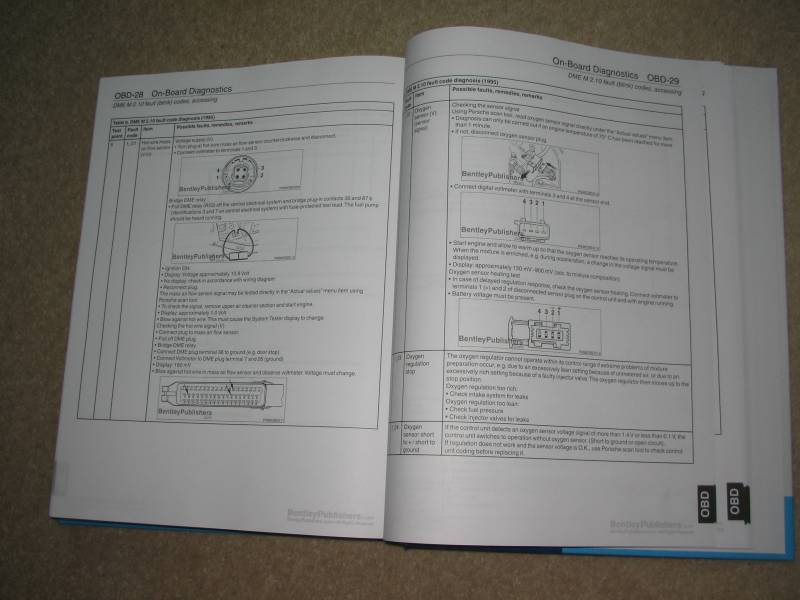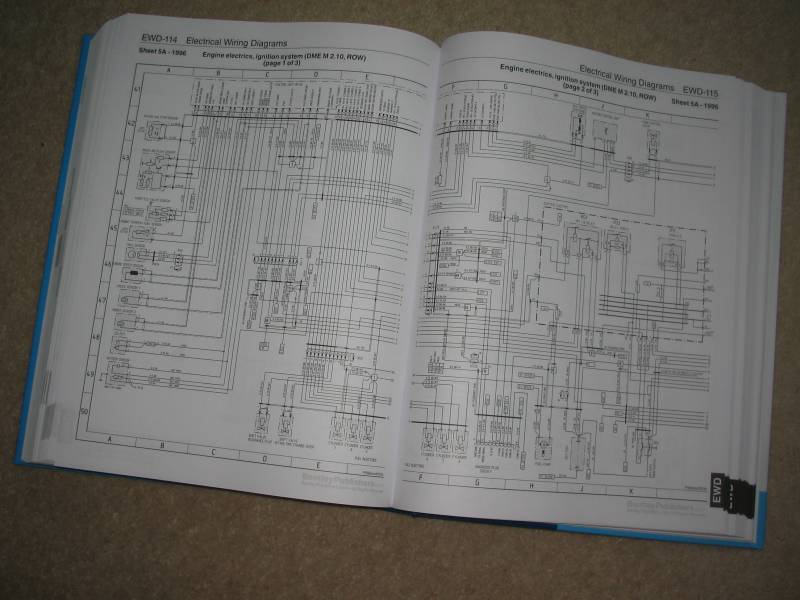Bentley Porsche 993 Service Manual Book Review
I was lucky enough to have been given a copy of this book to review for RennTech.org, and I thought that it would also be of interest to PCGB 993 owners.
Having owned a 1994 993 Coupe (my first Porsche), I was looking forward to receiving this manual and doing this review. It is the first Bentley manual I have owned, and my initial impression was that it is much bigger than I was expecting!
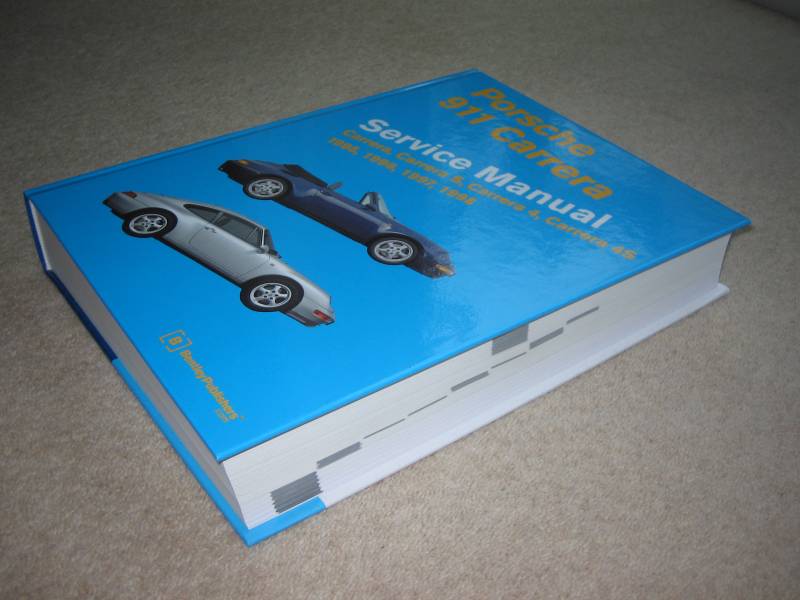
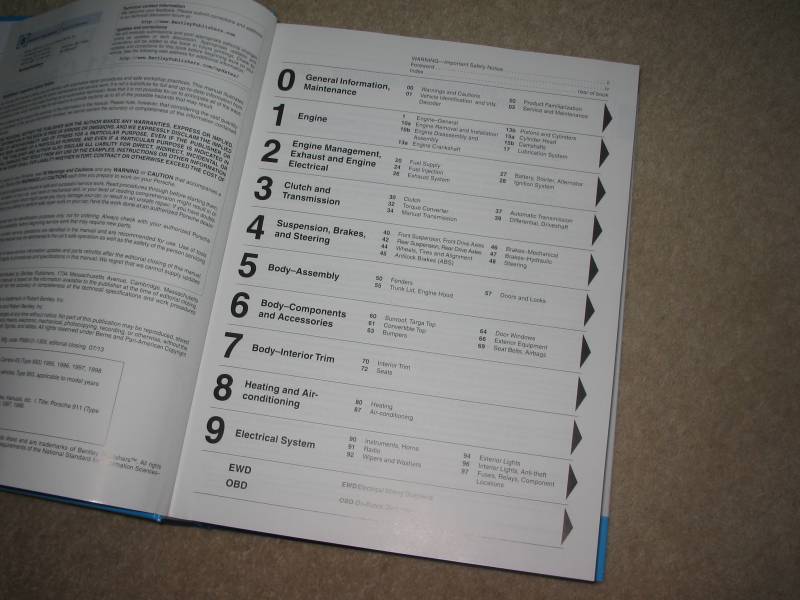
What immediately sprung to mind on first viewing was that the manual is very much focussed on the US market. There are several differences which may confuse Rest of World 993 owners. For example, service intervals on RoW cars are 12/24000 miles (20/40000km) rather than the 15/30000 quoted. Also, all RoW 993 N/A Carreras retained DME2.1 throughout the production period. Only the US & Canada cars changed to DME5.2 in 1996 do achieve OBD2 compliance. Hence, RoW Carreras never had post-cat O2 sensors. Also, the security devices and remote controls are region specific for most RoW cars. For example, UK cars were fitted with UK-made immobilisers by the dealers prior to delivery. Another small thing is that the VIN decoder doesn't show the WP0ZZZ format of the RoW cars. Having said all that, these are minor issues, as long as the owner is aware.
Starting at the Maintenance section, I noticed an obvious mistake in the way the oil level is measured. The manual says to run the engine until warm, switch off, wait 3 minutes, and check the level. This might be appropriate for the M96 and M97 engines, but certainly not for the 993, which like all the aircooled engines has a dry sump. Bentley were quick to react when I notified them, and made a wiki page to show the correction: https://wiki.bentleypublishers.com/x/1gBWBw and a PDF of the corrected page is available to download from there.
What makes this publication so much nicer to use than the factory manual is the extensive use of photographs to illustrate the repair procedures. Doing so means that descriptions are condensed, and sometimes unnecessary. For most DIYers, we just need pointing in the right direction, and use our own common sense methods to get the task done. The manual does this well, and also provides the detail when you need it, or get stuck. Here are a few photos to show what I mean:
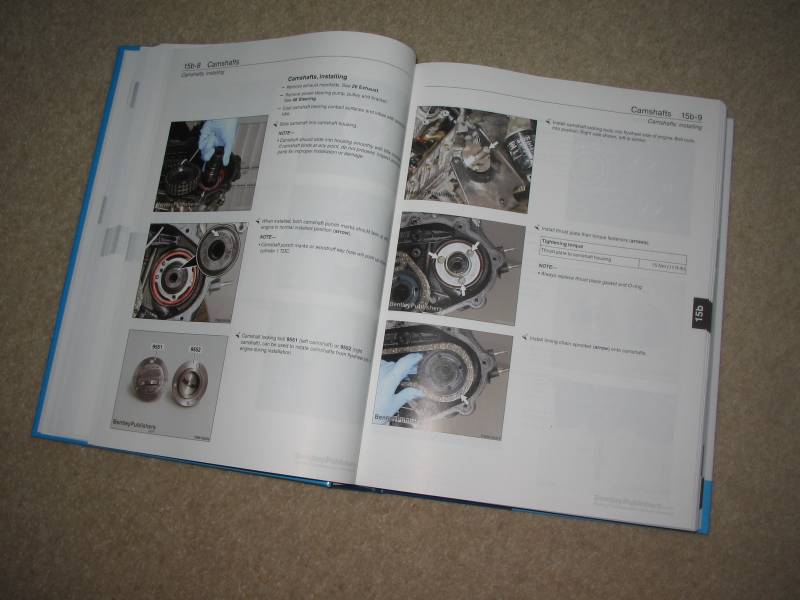
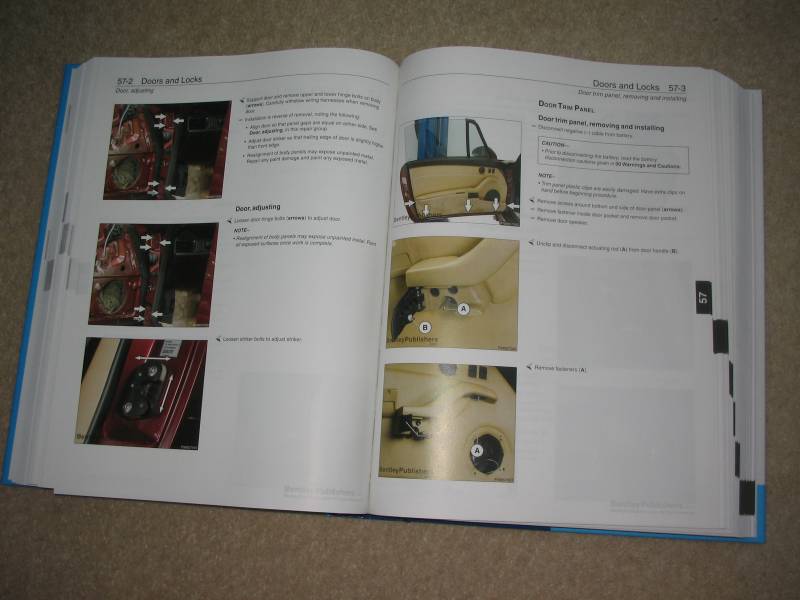
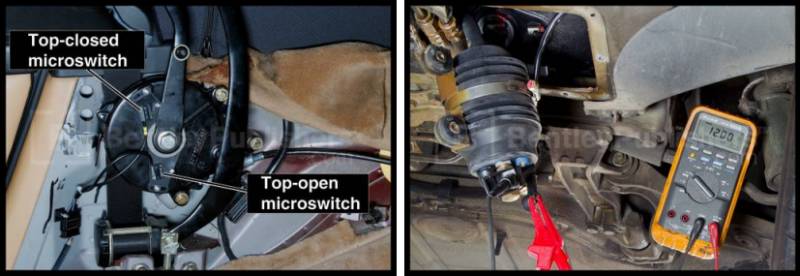
Particularly useful is the section on interior and trim removal and installation. Items such as door cards, centre console, seats and other trim are covered, again with excellent photos and diagrams. Apart from door glass, other glazing isn't covered. Understandably, front and rear screen removal is a specialist job as they are bonded in, but it would have been good to see the rear side window removal and installation. Having done this myself (to replace the lower black trims which had corroded), it just requires a sealant rather than adhesive, and I felt it was a task that other DIYers could achieve.
Also included in the manual are OBD diagnostic information sheets and a set of wiring diagrams, making the whole thing a very comprehensive package.
